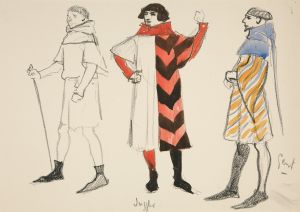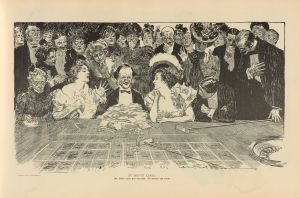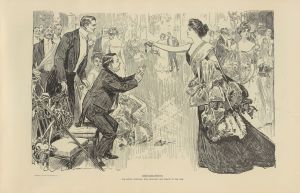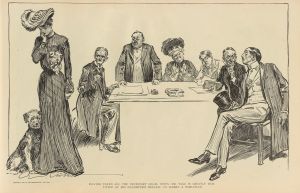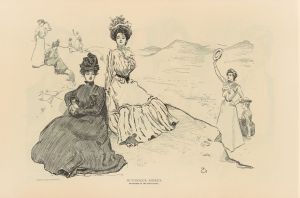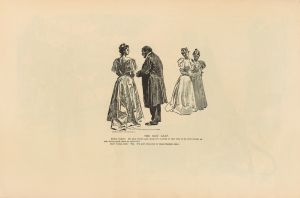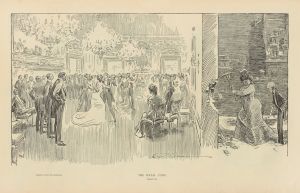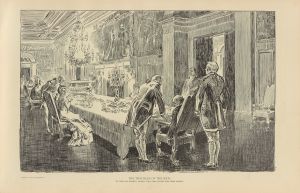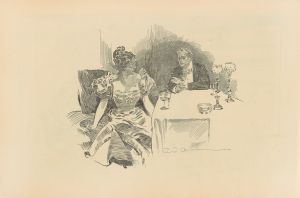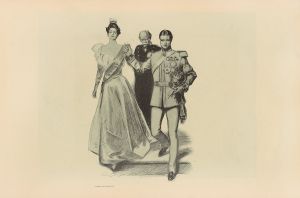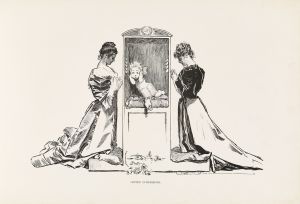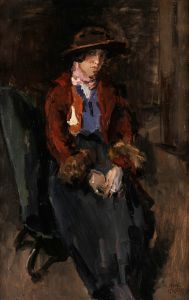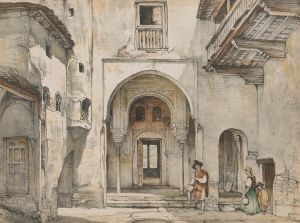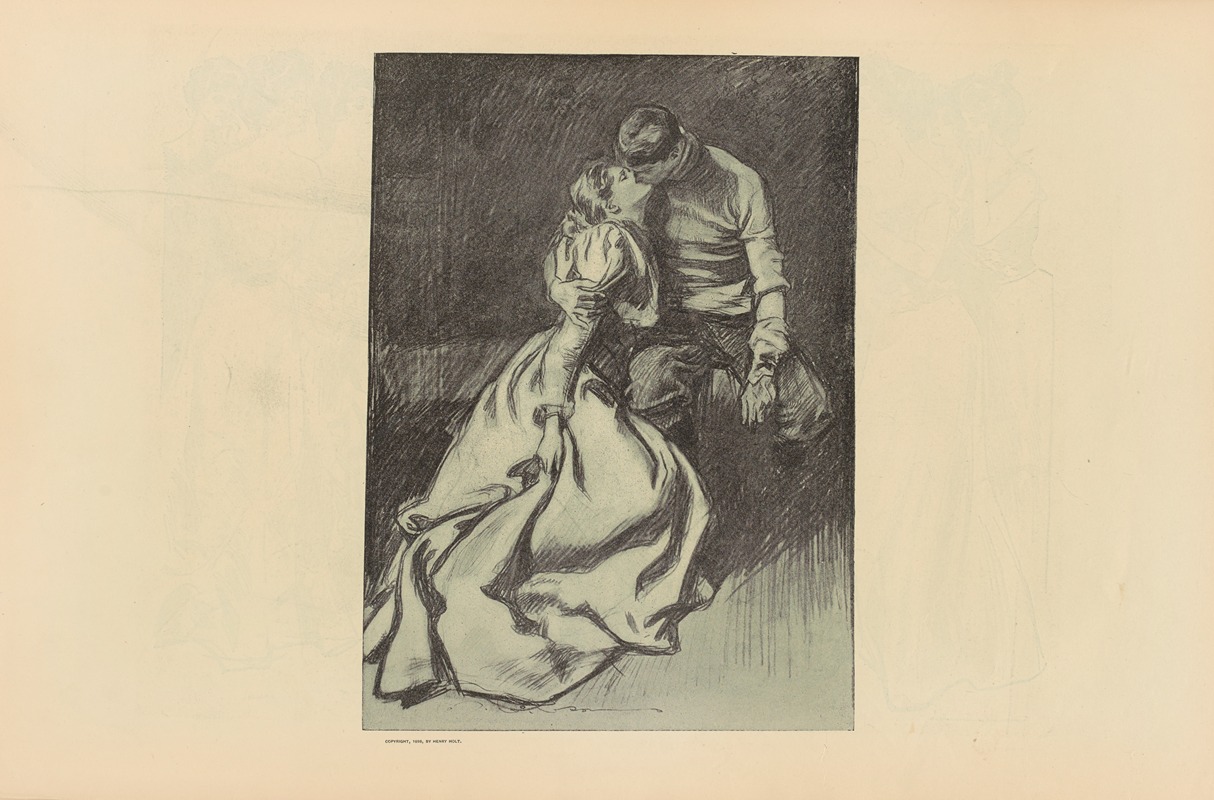
Untitled
A hand-painted replica of Charles Dana Gibson’s masterpiece Untitled, meticulously crafted by professional artists to capture the true essence of the original. Each piece is created with museum-quality canvas and rare mineral pigments, carefully painted by experienced artists with delicate brushstrokes and rich, layered colors to perfectly recreate the texture of the original artwork. Unlike machine-printed reproductions, this hand-painted version brings the painting to life, infused with the artist’s emotions and skill in every stroke. Whether for personal collection or home decoration, it instantly elevates the artistic atmosphere of any space.
Charles Dana Gibson was an influential American illustrator best known for his creation of the "Gibson Girl," an iconic representation of the American woman at the turn of the 20th century. While Gibson produced numerous works throughout his career, many of which were untitled, his contributions to illustration and popular culture are significant.
Gibson was born on September 14, 1867, in Roxbury, Massachusetts. He studied at the Art Students League in New York City, where he honed his skills in drawing and illustration. His career took off in the 1890s when his illustrations began appearing in popular magazines such as Life, Harper's Weekly, and Scribner's. Gibson's work was characterized by its detailed line work and its ability to capture the subtleties of human expression and fashion.
The "Gibson Girl" became Gibson's most famous creation and was considered the first national standard of feminine beauty. She was depicted as independent, confident, and fashionable, often shown engaging in various activities such as sports, social events, and intellectual pursuits. The Gibson Girl was a reflection of the changing roles of women in society during the Progressive Era, embodying both traditional femininity and modern independence.
Gibson's untitled works, like many of his illustrations, often featured the Gibson Girl and her male counterpart, the Gibson Man. These illustrations captured the social dynamics and cultural norms of the time, often with a touch of humor and satire. Gibson's ability to convey complex social commentary through simple yet elegant drawings made his work highly popular and influential.
In addition to his magazine illustrations, Gibson also published several books of his collected works, including "The Gibson Book" in 1906, which compiled many of his most famous illustrations. His work was not only popular in the United States but also gained international recognition, influencing fashion and illustration styles in Europe.
Gibson's influence extended beyond illustration; he was also involved in the art community as a member of the Society of Illustrators and served as its president from 1918 to 1919. His contributions to the field of illustration were recognized during his lifetime, and his legacy continues to be celebrated today.
Charles Dana Gibson passed away on December 23, 1944, in New York City. His work remains a significant part of American art history, and the Gibson Girl continues to be a symbol of the early 20th-century American woman. While specific details about individual untitled works by Gibson may not be extensively documented, his overall body of work provides valuable insight into the cultural and social landscape of his time.





